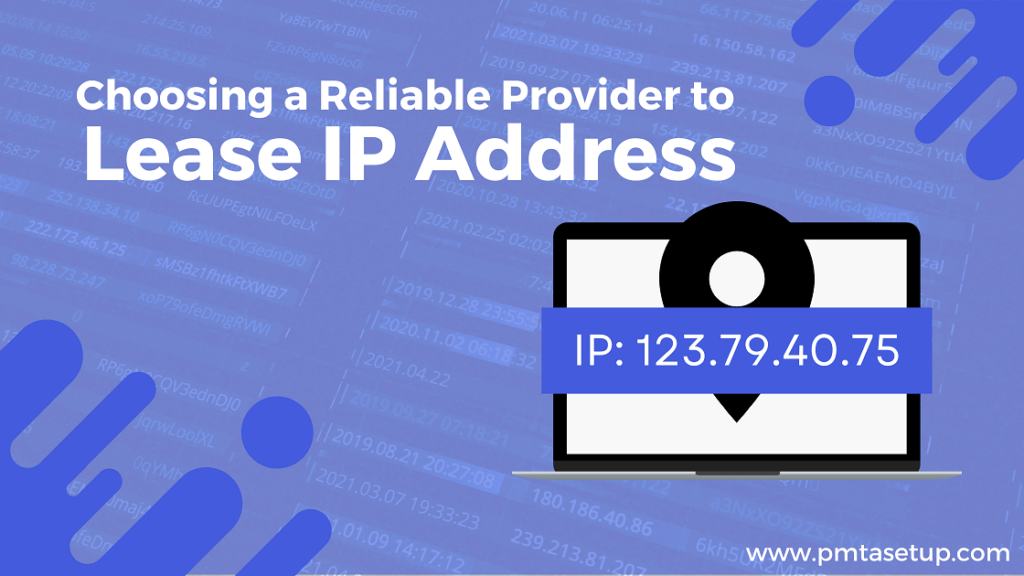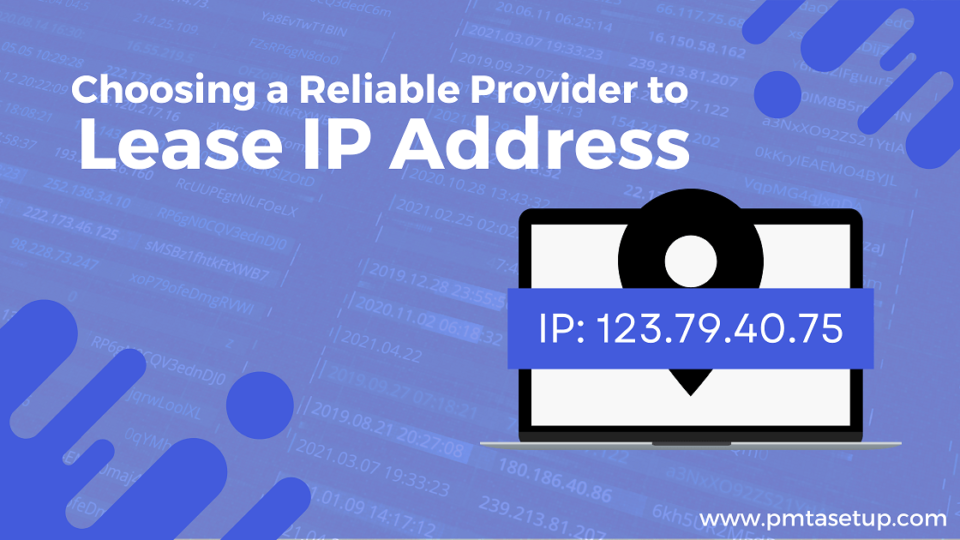
Table of Contents
Introduction:
In the vast and interconnected world of the internet, every device that connects to a network requires a unique identifier. This identifier, known as an IP (Internet Protocol) address, is essential for seamless communication between devices. Amidst the different versions of IP addresses, ipv4 lease prevalent and widely used. In the context of networking, the concept of an IPv4 lease plays a crucial role in managing and distributing these addresses dynamically. In this blog, we will delve into the intricacies of IPv4 lease, exploring its significance, how it works, and its impact on the dynamic nature of modern networks.
Understanding IPv4 Addresses:
Before delving into the concept of IPv4 lease, it’s crucial to understand the basics of IPv4 addresses. IPv4, or Internet Protocol version 4, is a standard that defines how devices on a network are identified and communicate with each other. An IPv4 address is a 32-bit numerical label assigned to each device, expressed in the format of four sets of numbers separated by dots.
IPv4 addresses are classified into different types, including public and private addresses. Public addresses are globally unique and are assigned to devices directly connected to the internet, whereas private addresses are used within local networks and are not routable on the internet.
The Challenge of IPv4 Address Exhaustion:
The popularity and growth of the internet have led to a significant challenge – the exhaustion of available IPv4 addresses. With only about 4.3 billion unique IPv4 addresses, the increasing number of connected devices has strained the availability of these addresses. As a result, innovative approaches like IPv6 have been introduced to provide a vastly expanded address space.
However, IPv4 continues to be widely used, and efficient management of available addresses is crucial for optimal network functioning. This is where the concept of IPv4 lease becomes integral.
IPv4 Lease: A Dynamic Allocation Process:
IPv4 lease refers to the dynamic allocation of IP addresses to devices on a network. In traditional networking setups, each device may be assigned a static IP address, meaning that the address remains fixed unless manually changed. While static IP addresses offer stability, they present challenges in terms of management and scalability.
Dynamic Host Configuration Protocol (DHCP) is the protocol responsible for the dynamic allocation of IP addresses, and it plays a key role in IPv4 lease management. Here’s how the process typically unfolds:
- Client Device Requests an IP Address: When a device, such as a computer or smartphone, connects to a network, it sends a request to the DHCP server for an IP address.
- DHCP Server Responds: The DHCP server receives the request and checks its pool of available IP addresses. If an address is available, the server assigns it to the requesting device.
- Lease Duration is Set: The DHCP server allocates the IP address for a specific duration, known as the lease duration. This duration is defined by network administrators and can vary from minutes to days. During the lease period, the device is free to use the assigned IP address.
- Address Renewal or Release: As the lease duration approaches expiration, the client device has the option to renew its lease. If the device continues to need network access, it sends a renewal request to the DHCP server. If the device no longer requires the IP address, it releases the lease back to the pool for other devices to use.
Significance of IPv4 Lease:
- Efficient Address Utilization: IPv4 lease allows for efficient utilization of available IP addresses. Devices are allocated addresses dynamically, reducing the likelihood of address conflicts and optimizing the use of the available address space.
- Scalability: In dynamic environments where the number of connected devices can change frequently, dynamic IP address allocation ensures scalability. New devices can seamlessly join the network without manual configuration, and addresses are released back to the pool when devices disconnect.
- Centralized Management: DHCP centralizes the management of IP addresses within a network. Network administrators can configure DHCP servers to define lease durations, allocate specific ranges of addresses, and monitor overall address usage.
- Reduced Configuration Overhead: Manual assignment of static IP addresses to each device requires significant administrative effort, especially in large networks. IPv4 lease through DHCP reduces this overhead by automating the address assignment process.
- Flexibility in Network Design: Dynamic IP address allocation provides flexibility in network design. Devices can move between different subnets or physical locations without requiring manual reconfiguration of IP addresses.
- Enhanced Security: IPv4 lease allows for the implementation of security measures, such as IP address filtering and access controls. DHCP servers can be configured to assign specific addresses or limit access to certain devices based on their assigned IP addresses.
Potential Challenges and Best Practices:
While IPv4 lease through DHCP offers numerous advantages, it’s important to be aware of potential challenges and best practices for effective management:
- Address Exhaustion: Despite the dynamic nature of IPv4 lease, there is still a finite pool of addresses. Network administrators need to monitor address usage and consider implementing strategies such as address pooling, subnetting, or transitioning to IPv6 to address potential exhaustion issues.
- Lease Duration Planning: Determining appropriate lease durations is crucial. Short durations may lead to frequent address renewal requests, increasing network traffic, while excessively long durations may result in inefficient address utilization. Network administrators must strike a balance based on the specific needs of their network.
- Address Reservation: Some devices in a network may require static IP addresses for specific applications or services. DHCP servers can be configured to reserve specific addresses for such devices, combining the benefits of both dynamic and static assignment.
- Monitoring and Auditing: Regular monitoring and auditing of DHCP servers are essential to identify potential issues, track address usage patterns, and ensure optimal performance. Automated tools can assist in these tasks.
- Security Measures: Implementing security measures within DHCP, such as securing the communication between clients and servers and enabling DHCP snooping, helps mitigate potential security threats.
Conclusion:
IPv4 lease, facilitated by the DHCP protocol, plays a pivotal role in the dynamic allocation of IP addresses within a network. This approach enables efficient address utilization, scalability, and centralized management, making it a cornerstone of modern networking practices. While IPv4 addresses may be limited, the strategic implementation of IPv4 lease through DHCP helps organizations navigate the complexities of address allocation, ensuring seamless connectivity and adaptability in an ever-evolving digital landscape. As network administrators continue to optimize their IPv4 lease strategies, they contribute to the robustness and flexibility of the networks that form the backbone of our interconnected world.

